Automated Attendance System using Facial Recognition
₹5,500.00 Exc Tax
A Conceptual Model for Automated Attendance Marking System Using Facial Recognition using OpenCV
Platform : Python
Delivery Duration : 3-4 working Days
99 in stock
Description
ABSTRACT
With advances in computing and telecommunications technologies, digital images and video are playing key roles in the present information era. Human face is an important biometric object in image and video databases of surveillance systems. Detecting and locating human faces and facial features in an image or image sequence are important tasks in dynamic environments, such as videos, where noise conditions, illuminations, locations of subjects and pose can vary significantly from frame to frame. An automated system for human face recognition in real time background for a college to mark the attendance of their employees and students. So Smart Attendance using Real Time Face Recognition is a real world solution which comes with day to day activities of handling employees. Here multiple user faces are detected and recognised with the data base trained multiple texture based features.
DEMO VIDEO
EXISTING METHOD
- Finger print based automation
- Iris based recognition.
DRAWBACKS
- Process will be in Q basis.
PROPOSED METHOD
- Class room automation with multi face feature comparison and recognition system.
- Feature Extraction
- Neural Networks
LBP FEATURE EXTRACTION
LBP is a simple yet very efficient texture operator which labels the pixels of an image by thresholding the neighborhood of each pixel and considers the result as a binary number. Due to its discriminative power and computational simplicity, LBP texture operator has become a popular approach in various applications. It can be seen as a unifying approach to the traditionally divergent statistical and structural models of texture analysis. Perhaps the most important property of the LBP operator in real-world applications is its robustness to monotonic gray-scale changes caused, for example, by illumination variations. Another important property is its computational simplicity, which makes it possible to analyze images in challenging real-time settings.
NEURAL NETWORKS
ANN is the term on the method to solve problems by simulating neuron’s activities. In detail, ANNs can be most adequately characterized as “computational models” with particular properties such as the ability to adapt or learn, to generalize, or to cluster or organize data, and which operation is based on parallel processing. However, many of the previously mentioned properties can be attributed to nonneural models. A hybrid approach combining AdaBoost and ANN is proposed to detect faces with the purpose of decreasing the performance time but still achieving the desired faces detecting rate.The selected neural network here is three-layer feedforward neural network with back propagation algorithm. The number of input neurons is equivalent to the length of extracted feature vector, and the number of output neurons is just 1 (), This will return true if the image contains a human face and false if it does not. The number of hidden neurons will be selected based on the experiment; it Depends on the sample database set of images.
BLOCK DIAGRAM
BY USING LBP BASED FEATURE EXTRACTION
DATABASE CREATION
ADVANTAGES
- Automatized recognition and replication system.
APPLICATIONS
- High efficient signal transfer systems.
SOFTWARE REQUIREMENTS
- Python
- Opencv
- Numpy
RESULT
Thus the attendance are recorded in the database by the comparison with the image present in the image enrolment database by the use of neural networks.
REFERENCES
[1] C. Berrou, A. Glavieux, and P. Thitimajshima, “Near Shannon limit error-correcting coding and decoding: Turbo-codes.” in IEEE Int. Conf. on Commun.. ICC, 1993.
[2] ETSI, “3GPP – TS 136.212 – Multiplexing and channel coding (R. 11).”
[3] I. Hussain, M. Xiao, and L. K. Rasmussen, “Erasure floor analysis of distributed lt codes,” IEEE Trans. Commun., 2015.
[4] L. Perez, J. Seghers, and D. J. Costello, “A distance spectrum interpretation of turbo codes,” IEEE Trans. Inf. Theory, 1996.
[5] C. Berrou, Y. Saouter, C. Douillard, S. Kerouedan, and M. Jezequel, “Designing good permutations for turbo codes: towards a single model,” in IEEE Int. Conf. on Commun.. ICC, 2004.

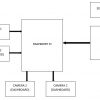
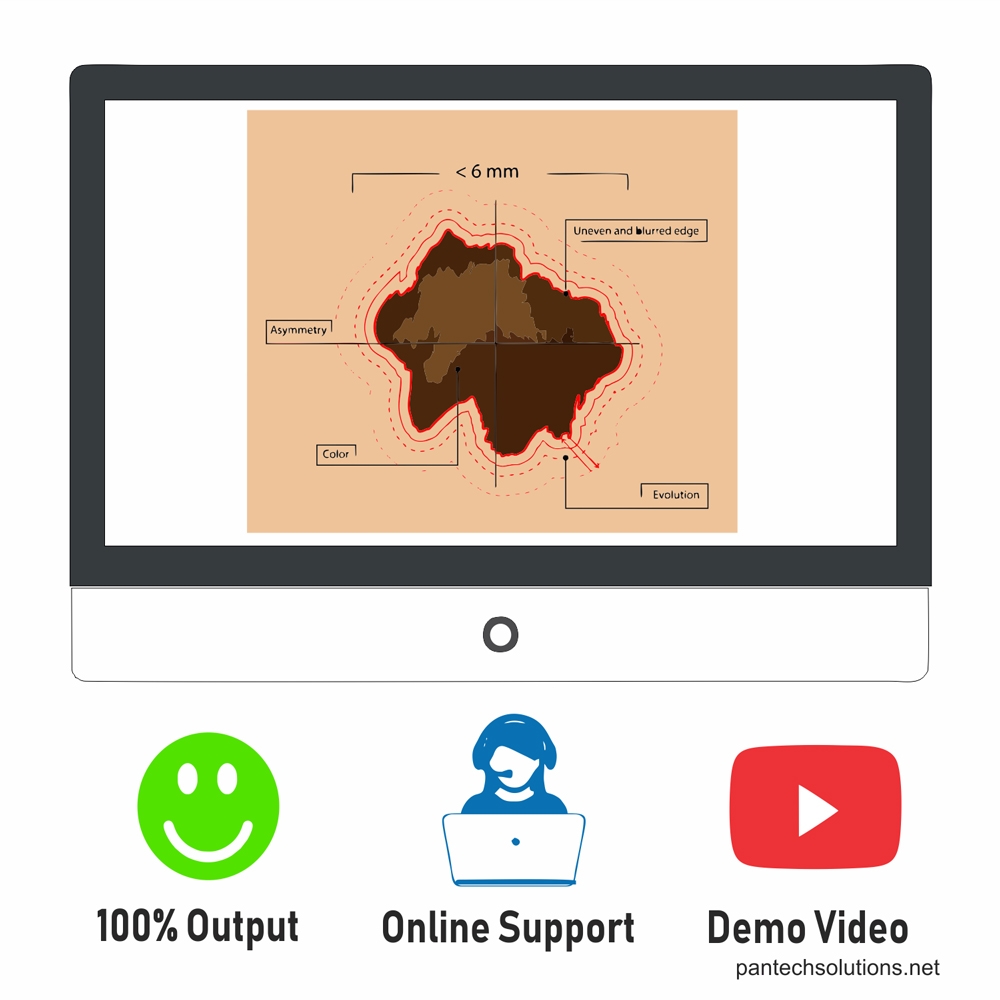

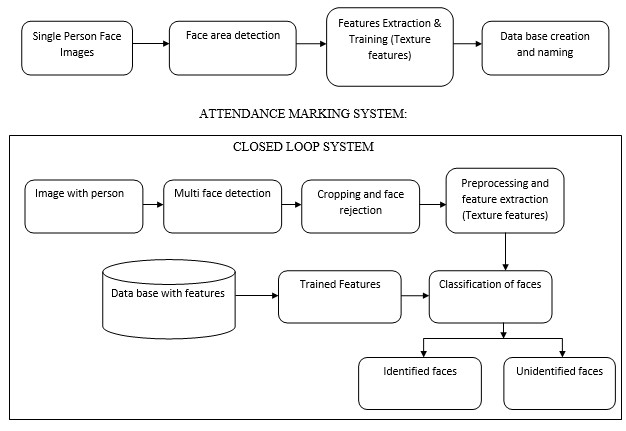
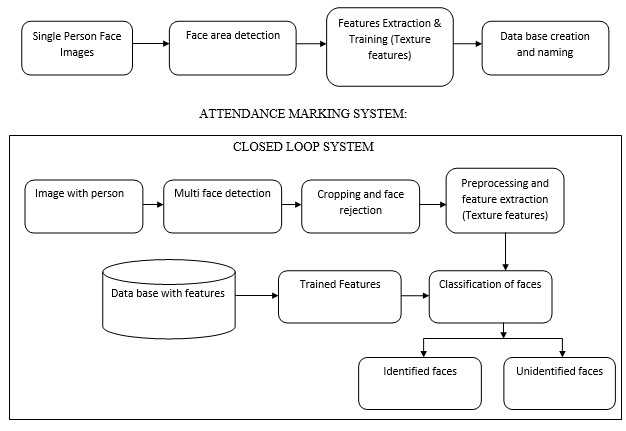
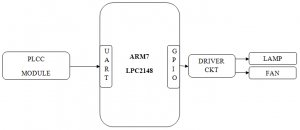

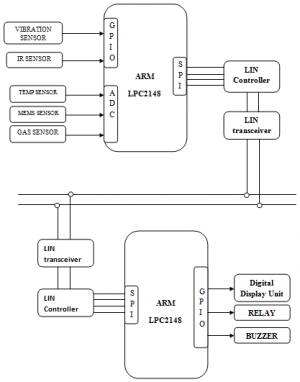
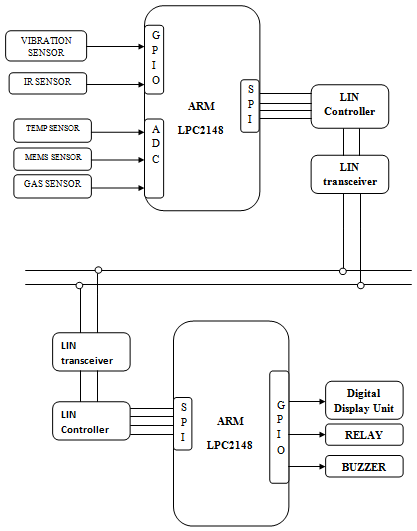
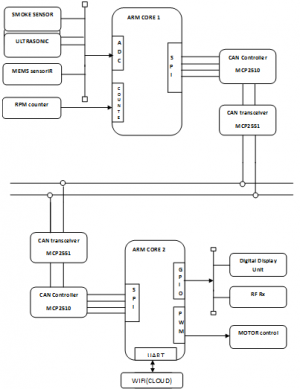
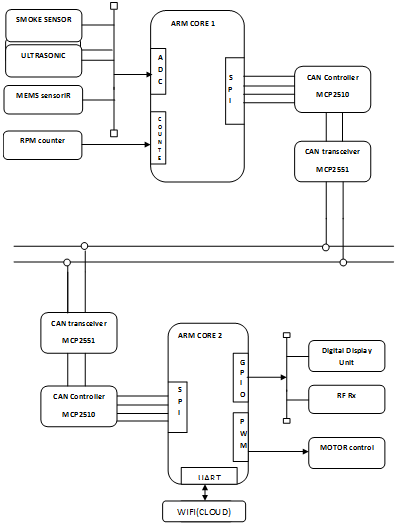
Reviews
There are no reviews yet.